
William Sawaya
Eschewing the notion that art is in the eye of the beholder, architect and designer William Sawaya considers the inherent artistry of anything—be it a painting, a candlestick, a table lamp, or a chair—to be connected to the expertise and dedication of the artist (or designer). He believes that things made carefully, with respect for the material, attention to detail, and deep commitment to craft, have intrinsic value as art, especially since they are “practically unique, strongly individual and exceptional, unlike the ‘multiple’ approach and widespread technical reproducibility so much used and abused in the arts.”

Sawaya’s Design and Architecture firm, Sawaya and Moroni, live by the credo outlined above. One only need view the roster of collaborators to gauge Sawaya’s deep commitment to creating unique and beautiful objects. Zaha Hadid, Jean Nouvel, Mario Bellini, and Ettore Sottsass are just some of the personages associated with the firm. But Sawaya designs as well. His selection of chairs from the last decade is particularly striking.
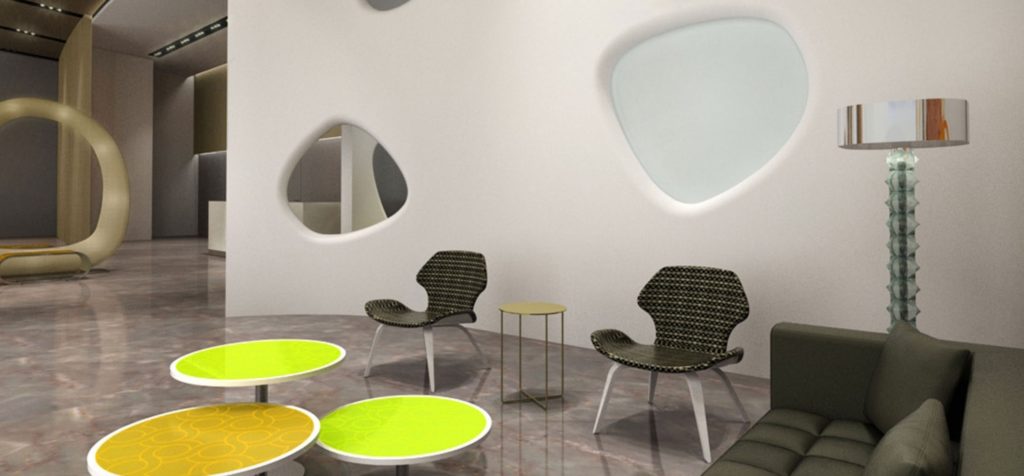
4Olga is a masterstroke of curved wood. The chair revels in its mastery of the material. In fact, so stunning is this chair’s manipulation of an intrinsically rigid material, that Michal Thonet himself—the original maestro of bentwood—would be slack-jawed in its presence. The piece bends back upon itself, creating a subtly curved seat enthroned in the twin fins of its arms.
The 5 pm chair is equally engaging. Named for the traditional start time of la corrida, 5.pm pays homage to the sweeping horns of a bull, the tubular steel of the chair’s structure extending at the top in an arresting echo of the animal’s form.
Zarina, for Andreu World, is a bit less experimental, but no less compelling even so. Made of solid beech wood, the chair has an aura of salon formality, yet is situated very much in the contemporary age. Zarina embraces negative space, providing mobility and visual variety while maintaining durability and strength.
Before there was Wall-E, there was Sawaya’s Wall E Blade. Dating from the tail end of the last millennium, Wall E Blade is a slick credenza and matching wall unit. With vibrant orange leather and shiny polished chrome, Wall E Blade is as impressive as a knife’s edge—and still relevant some 20 years past its debut.
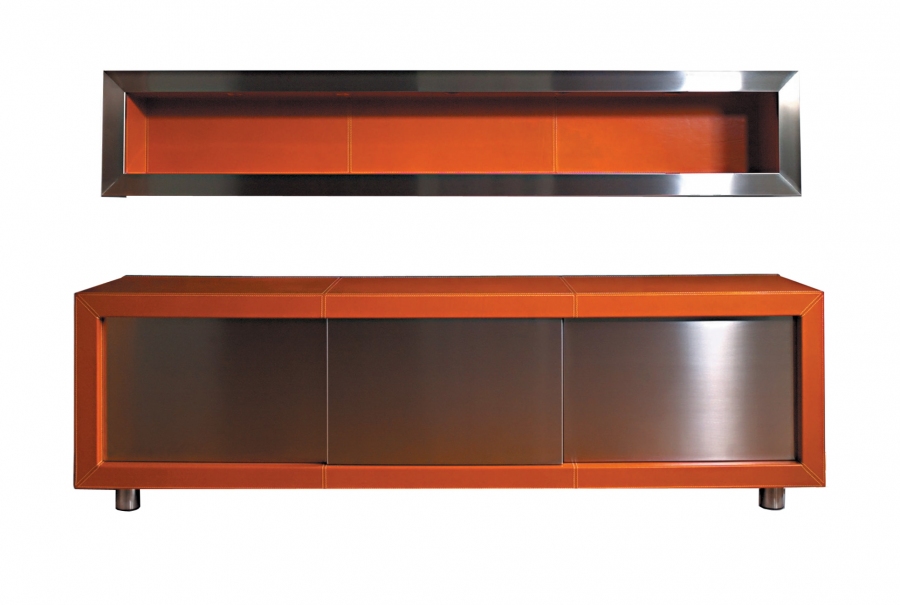
With its cushy seat and wrap-around back, Amy is among Sawaya’s plusher offerings. Departing from the harder materials palette of Zarina and 4Olga, Amy features comfy upholstered foam around a steel frame. The legs are solid wengé.
Since 1984 William Sayawa has been an avant-garde figure in architecture and design. His extensive seating collection features his own designs, as well as work by luminaries like Ron Arad, Zaha Hadid, Daniel Libeskind, and Michael Graves. His work is displayed in museums throughout the world, including the Chicago Athenaeum, the Design Center in Malmo, Sweden, and the Museum of Modern Art. He’s also staged one-man exhibitions in Milan, Paris, Tokyo, and Basel. Find out more at Sawaya & Moroni.
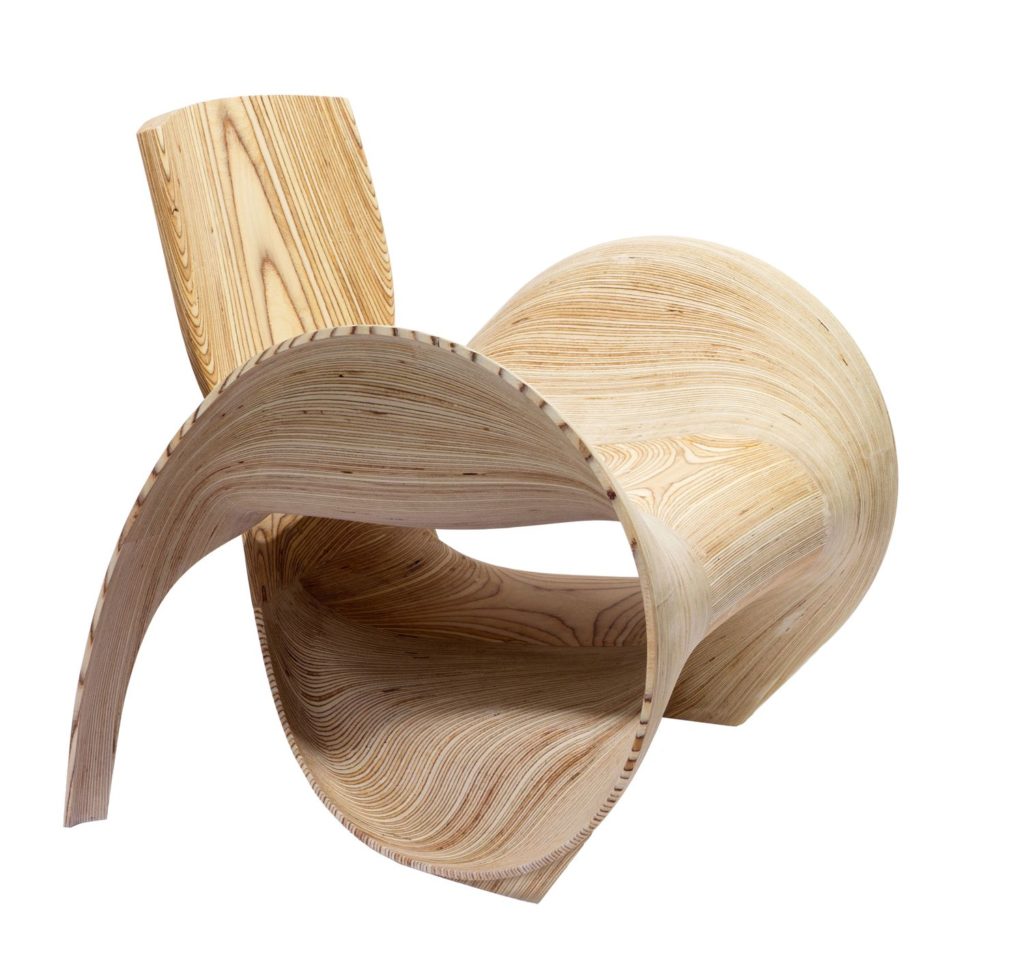
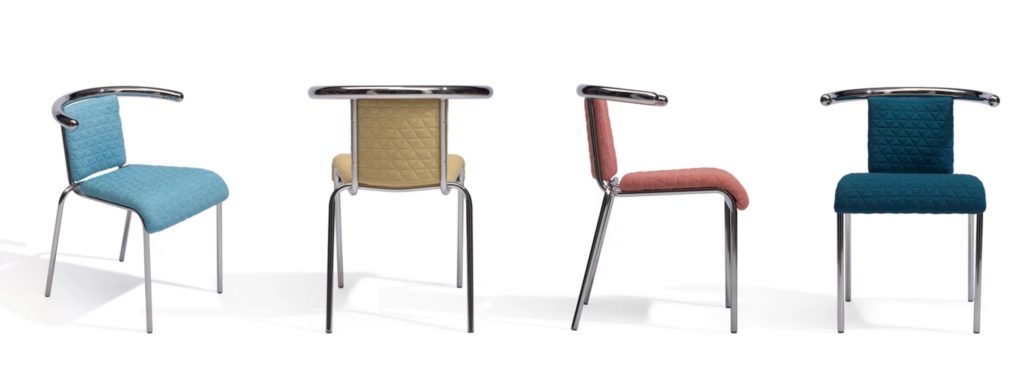
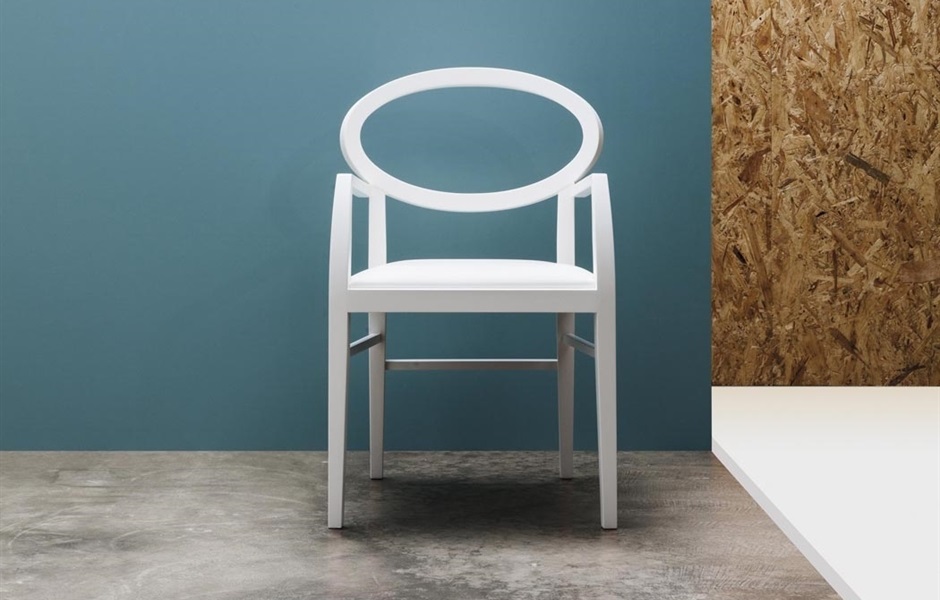

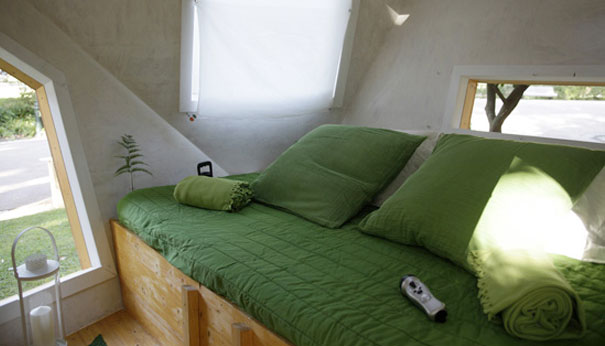



Leave a Reply